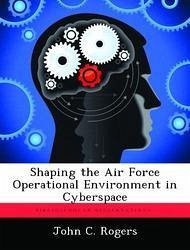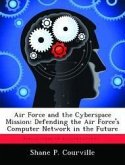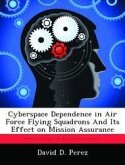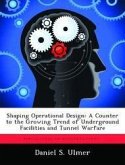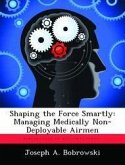The AF has dedicated considerable resources trying to manage and secure information and information systems in cyberspace. Air Force personnel have tried to create a number of secure and unsecure operational environments in the cyberspace domain, all based on the technology developed in the 50s and 60s for an open, highly fragmentable architectural environment. One major problem with this approach is that the AF frequently fields systems and applications that are susceptible to attack in that open environment and by the time they are implemented, are often outdated. Instead of this approach, the AF could redefine what is meant by an "AF Operational Environment" and then develop the doctrine, strategies, applications, and infrastructure necessary to create and dominate this new environment. To begin this process, one first needs to review a definition of cyberspace. The Joint Chiefs of Staff defines "cyberspace" as a "domain characterized by the use of electronics and the electromagnetic spectrum to store, modify, and exchange data via networked systems and associated physical structures." This definition makes no mention of the internet, intranet, SIPRNet or NIPRNet, many of the terms most often associated with cyberspace. What it does mention is the transfer of data, 1's and 0's, across the electromagnetic spectrum. The distinction can now be made between the environment and how the environment is used and manipulated by technology and people. With seemingly unlimited technologies and methodologies available to manipulate the environment to meet operational requirements, the AF is limited only by the skills and imagination of its personnel and its willingness to focus resources in this area.

